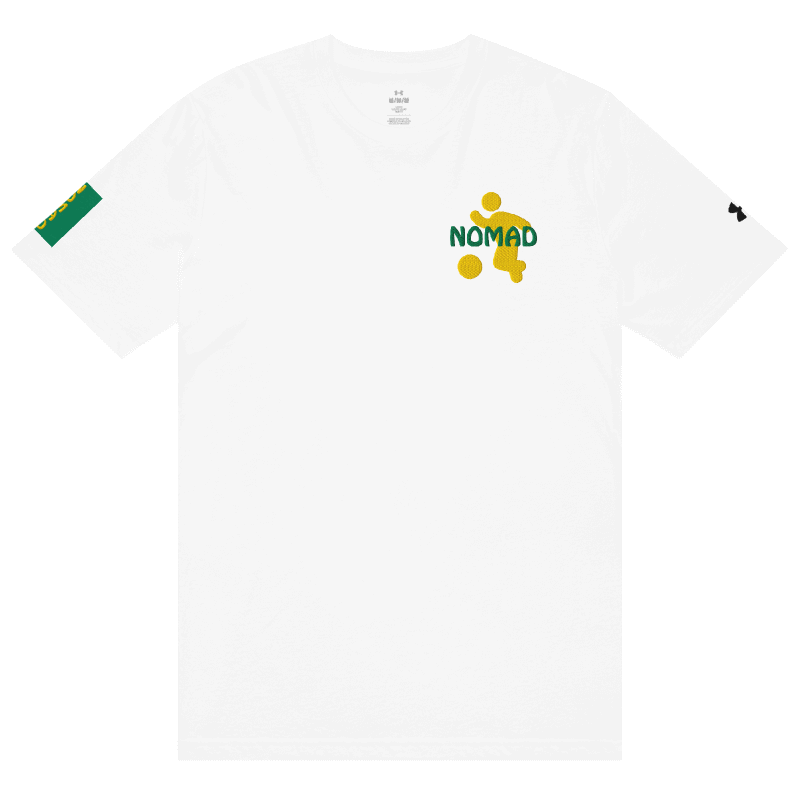Discovering Purpose, Presence, and the Art of Letting Go
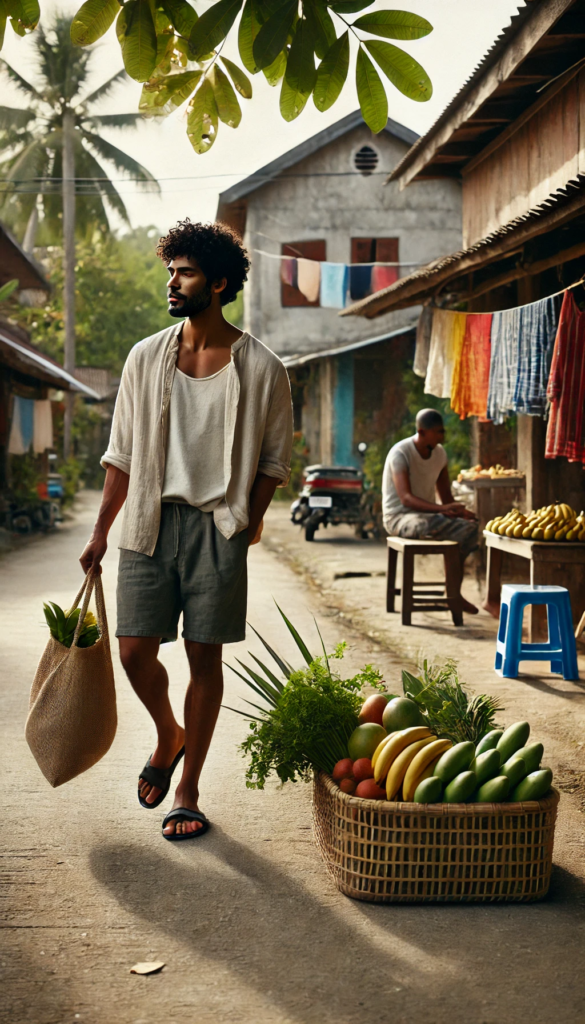
As I continued settling into my new environment, I found comfort in establishing a routine. Twice a week, I dedicated time to grocery shopping and laundry. The process was simple—drop off my laundry, stop by the market, and pick up fresh produce. My diet had become mostly fruits and vegetables, with the occasional roasted chicken for my salad. It was a shift that felt natural, and with the essentials taken care of, I could now focus on experiencing what it truly meant to live here—not as a tourist, but as a resident.
There’s something intriguing about the way we convince ourselves of what we want and need. When I first entered the corporate world, I thought success was the ultimate goal. But I had never really defined what success meant for me. I didn’t have a structured plan or a clear path—I simply expected opportunities to fall into place, assuming that when they knocked, I would just have to open the door. But the reality of life doesn’t work that way. We don’t wait for opportunities; we create them. That was the missing piece of the puzzle for me, one that took years to recognize.

It was only later that I began to understand that manifestation isn’t just about getting a job or reaching a financial goal. It extends into every aspect of our lives. I was raised to believe that hard work would be rewarded, but experience taught me otherwise. In the corporate world, success was not just about effort—it was about energy, connections, and positioning. I started paying attention to the way people interacted in the office, noticing how energy and vibrations played a role in relationships. Over time, I gravitated toward energies that resonated with my own, sometimes unconsciously. Now, as I embarked on this journey of self-discovery through travel, I wanted to see where my authentic self would naturally align. Was it in the accumulation of things, or in the interactions and connections that elevate our existence?
Reflection often brings questions about the past—what if I had made different choices? What if I had taken another path? But dwelling on what could have been doesn’t change anything. What I can do, however, is treat this experience as a new beginning. With that mindset, I decided to take a walk and explore my neighborhood. A mall seemed like the perfect place to start—people from all walks of life gather there, making it a microcosm of daily life. It was about an hour’s walk, but I didn’t mind. The sun was shining, a light breeze filled the air, and for now, there was no sign of rain.

I gathered my laundry, grabbed a banana and an apple for the road, and headed out. Up until now, the furthest I had gone was the market. The mall was just a little further beyond that, making it an easy destination. As I walked, I found myself in areas where few tourists venture. This was the real neighborhood—the “hood,” as we might call it. The streets were lined with small bodegas, auto repair shops, clothing stores, and fresh produce stands. The sidewalks were mostly dirt, with scattered concrete slabs in between. People acknowledged me with an occasional “Hola” or “Buenos días,” but for the most part, I blended in. It was a good feeling, walking without the weight of being an outsider.
As I continued, the landscape changed. The street widened into a four-lane road. I passed a bus depot and a small bridge that stretched over a running stream. The view was beautiful, and I took a moment to appreciate it. It’s easy to overlook simple beauty when you’re constantly moving, but standing there, I felt present. Moments like these remind me why I travel—not just to see new places, but to see familiar things in a new way.
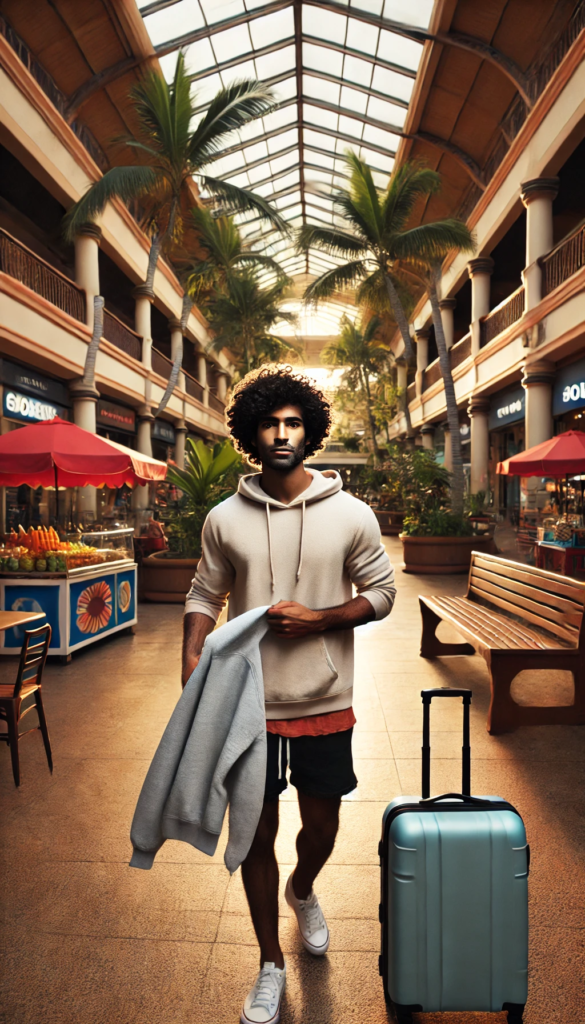
Reaching the mall, I wandered through its open-air layout. Unlike enclosed malls in the U.S., this one had a more relaxed, outdoor feel. A department store caught my attention, and I decided to buy a hoodie. I had a lightweight jacket, but there’s something comforting about a hoodie—it’s like a security blanket you can wear. Surrounding the mall were food vendors, fresh juice stands, and small clothing shops. Despite the variety of things for sale, I realized I didn’t need or want much. The more I traveled, the less interested I became in accumulating things. Everything I needed fit in my two bags, and carrying extra weight wasn’t appealing.
By mid-afternoon, I decided to head back. Normally, I like taking different routes home, but I needed to stop at the market again for dinner supplies, so I retraced my steps. Walking on the opposite side of the street, I took in a new perspective of the same surroundings. Some of the same people who had greeted me earlier acknowledged me again, and I found something poetic in that. I was becoming familiar, and they were becoming familiar to me.
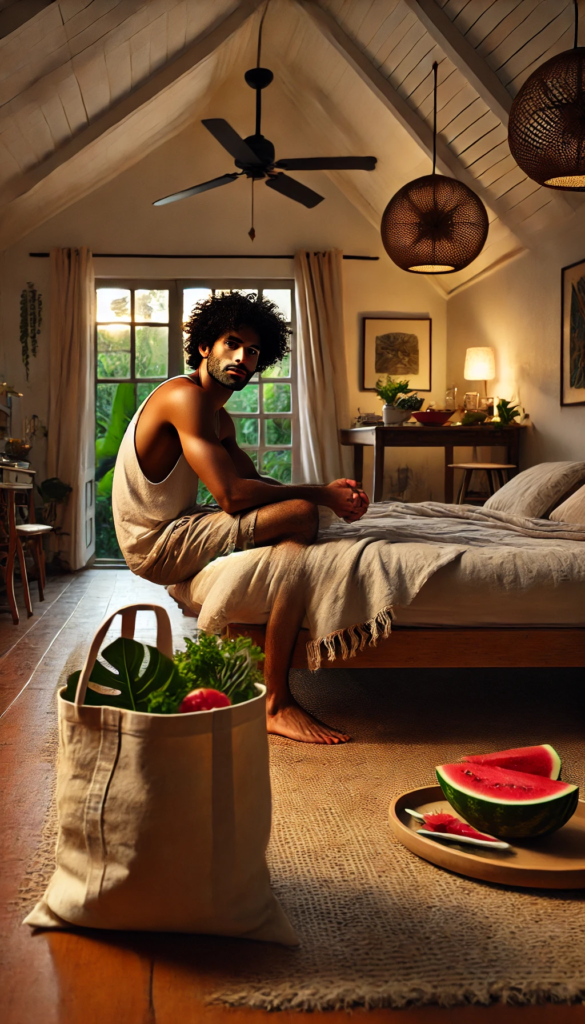
During the walk home, I found myself lost in thought. What truly makes people happy? While happiness is subjective, I believe it all comes down to a feeling—an internal state that is self-created, regardless of circumstances. Whether it’s joy, contentment, or excitement, it all stems from the way we process our experiences. We chase things, moments, and even people, thinking they will bring us happiness. But in reality, happiness is just a byproduct of the energy we cultivate within ourselves.
I thought about my own life—how much of it had been spent doing what was expected of me, and how often I ignored my own desires. I had spent years avoiding disappointment—both my own and that of others. I let external expectations dictate my path, believing that if I followed the “right” steps, I would be happy. But the truth is, no one knows you better than you know yourself. People may predict your reactions based on past behavior, but place the same person in a different environment, and the outcome may be entirely different. Sometimes, it’s not the person who needs to change—it’s the environment.
Back at the market, I picked up salad ingredients and a few slices of watermelon for breakfast. Carrying a reusable bag made it easy to transport everything back. Once I got home, I put the groceries away, stretched out on the bed, and reflected on my day. I felt a sense of accomplishment. Learning my way around, recognizing familiar faces, and understanding the layout of my neighborhood—it all made me feel more at home.
The only missing piece was a job, or rather, a sense of purpose. Without work, I needed something that gave my days meaning. So, I made a simple commitment—to explore and take photographs every day. Photography would be my way of engaging with my surroundings, capturing moments, and finding purpose in the present. Tomorrow, I would keep it local, venturing out with my camera in hand. Each day was a step forward in this journey of discovery, and I was ready to embrace whatever came next.
QUICK PICS and Gallery
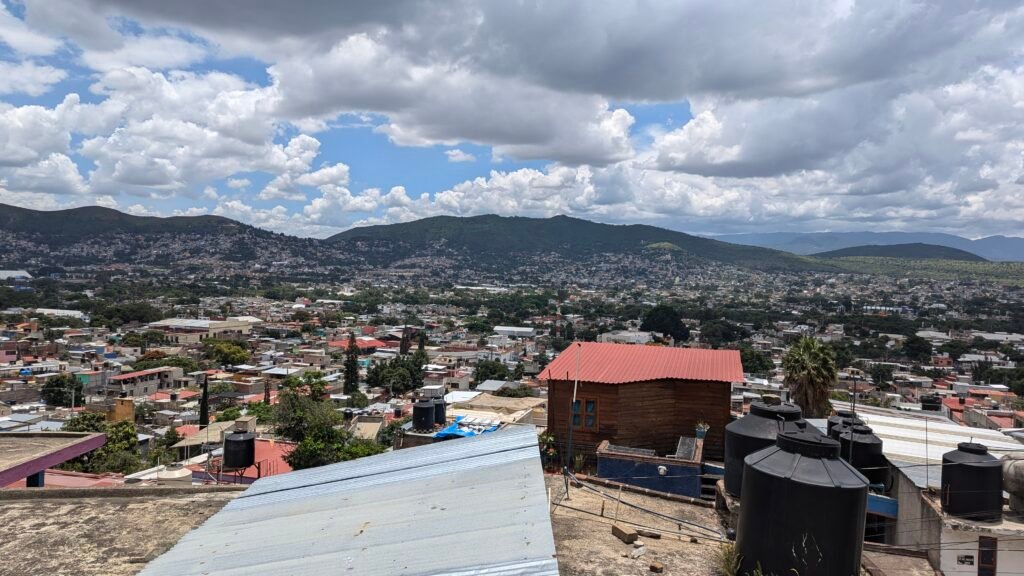

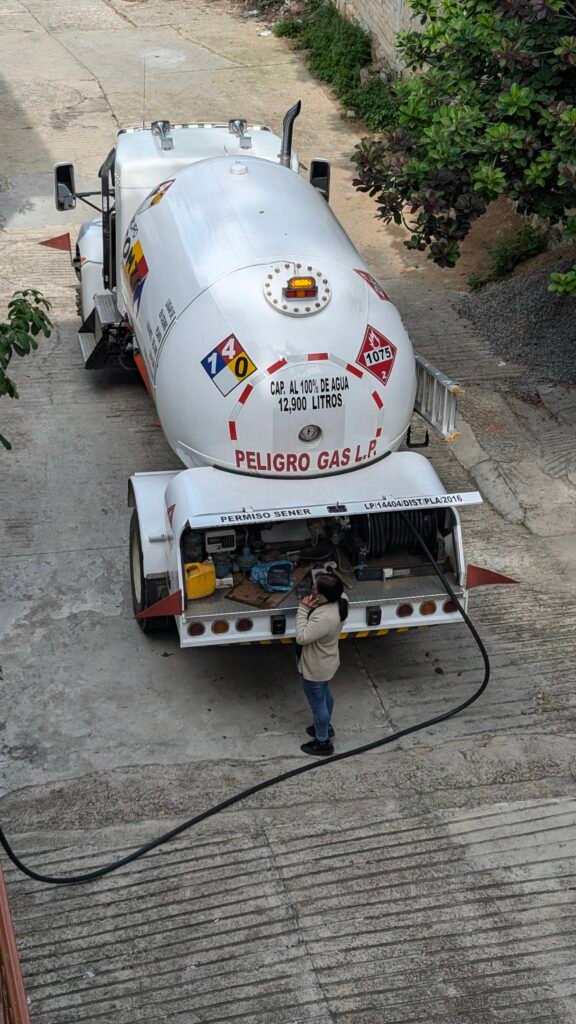

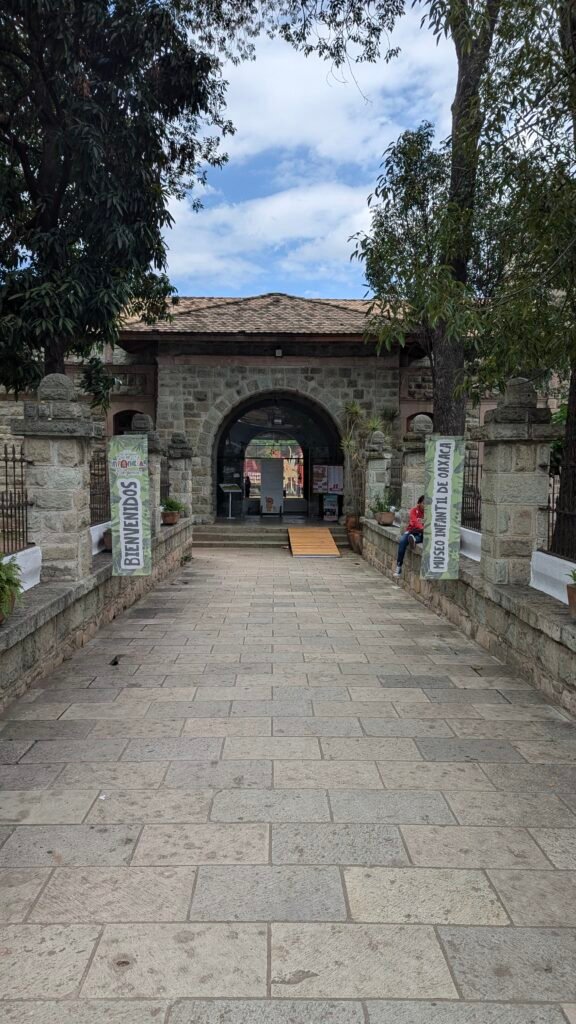

GEAR UP
